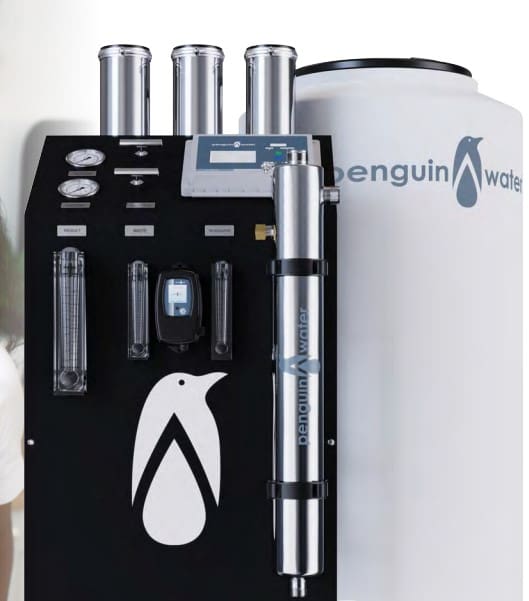A Guide to Sustainable Water Management for Schools
Creating an environmentally-friendly school goes beyond recycling bins and LED lights. It means building a facility where the infrastructure itself promotes health, sustainability, and efficiency. For modern schools, this starts with smart water management.
From the drinking fountains to the drainage networks, a comprehensive water strategy is essential for protecting student health, reducing operational costs, and creating a truly “green” campus. This guide covers the critical water treatment solutions every school facility should consider.
Schools as Role Models for Environmental Protection
Many schools are dedicated to creating eco-friendly environments, not just through student initiatives but by ensuring their entire facility is ‘green.’ Research shows that green facilities positively impact both students’ learning abilities and teachers’ teaching effectiveness. Additionally, integrating sustainability into the curriculum helps young people understand its importance, preparing them to be future leaders.
To achieve this, schools implement several measures:
LED Lighting: Replacing all lights with energy-efficient LEDs.
Water Conservation: Fitting taps with devices to reduce water usage.
Recycling Programs: Recycling non-food waste, reusing paper, and closely monitoring photocopying output.
Student Initiatives: Encouraging students to bring their own water bottles.
Utility Monitoring: Closely monitoring water and electricity consumption.
Curriculum Integration: Teaching sustainability as a key part of the curriculum from an early age.
Schools also prioritize maintaining good air quality and natural lighting to enhance student concentration and overall well-being. This includes maximizing natural light, using advanced air filtration, and placing plants indoors to improve air quality.
While these initiatives are foundational, a truly sustainable campus must also address its most critical resource: water.

The Foundation:
Point-of-Entry Water Filtration
The health and safety of your students and staff are non-negotiable. A commercial-grade water filtration system installed at the point of entry ensures that every tap and fountain on campus delivers clean, safe, and great-tasting water.
Carbon Filters: These are the workhorses of water purification, effectively removing chlorine, sediment, and volatile organic compounds (VOCs) that cause bad tastes and odors. A high-capacity carbon filter is the first line of defense for any school on a municipal water supply.
Water Softeners: In areas with hard water, a commercial water softener is crucial. It prevents damaging scale buildup in pipes, kitchen appliances, and water heaters, significantly extending their lifespan and reducing your maintenance budget.
The Next Step in Sustainability:
Greywater Recycling Systems
Imagine being able to reuse up to 60% of your school’s wastewater. A greywater system makes this possible. It captures gently used water from sinks and showers, filters it, and repurposes it for non-potable uses like toilet flushing and landscape irrigation.
Reduces Water Bills: Drastically cuts down on your school’s municipal water consumption.
Promotes Conservation: Serves as a powerful, hands-on teaching tool for students about water scarcity and recycling.
Achieves Green Certifications: Helps your school meet sustainability goals and achieve certifications like LEED.
The Unseen Problem:
Drainage Network Maintenance
Nothing disrupts a learning environment faster than unpleasant odors or backups from the drainage system. Stagnant sewage in drains and grease traps is not just a nuisance—it’s a health hazard.
Preventing Odors and Blockages: Regular, professional drainage network cleaning is essential. We use eco-friendly, high-pressure jetting and biological treatments to clear blockages and eliminate the source of foul odors in restrooms, kitchens, and locker rooms.
Ensuring Campus Health: Proactive maintenance prevents the buildup of harmful bacteria and ensures your entire sewer network functions flawlessly, protecting the health and well-being of everyone on campus.
Your Partner in Building a Greener School
At Smart Water Treatment Technology, we specialize in designing and implementing comprehensive water solutions for educational facilities. From ensuring your drinking water is pure to helping you pioneer water recycling on campus, we have the expertise to help you achieve your environmental goals.
Contact us today for a complimentary assessment of your school’s water systems!

